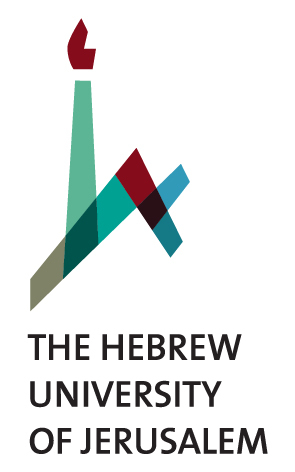Background
The concept of dielectric laser acceleration (DLA) can be traced back to the 1960s, shortly after the invention of the laser. At the time, laser and fabrication technology were not mature enough to compete with radio-frequency (RF) acceleration, which nowadays is the power-horse behind the large accelerator facilities. The main trade-off between the two technologies lies in the average electron current and average acceleration gradient: RF acceleration traditionally uses metallic cavities and RF fields, and is thus limited by the electrical breakdown of the cavities at acceleration gradients of roughly 25-50 MeV/m. Hence, an energy gain of e.g. 50 MeV by an electron requires ~1 meter. The breakdown field of dielectric materials can reach even 9 GV/m, and an average acceleration gradient in DLA of 850 MeV/m and 1.8 GV/m accelerating fields have already been shown. With DLA technology, 50 MeV can potentially be imparted within down to about 1 cm or less. Importantly, the orders of magnitude higher acceleration gradient implies orders of magnitude smaller devices: indeed, various demonstrations of electron acceleration on a chip are, today, widely recognized, both in the sub-relativistic and relativistic regimes. Interestingly, classical treatment of DLA still offers rich and complex electron beam dynamics, including attosecond train generation and various demonstrations of beam control. The nanostructures employed today are generally of the so called “dual pillar” type, however, photonic inverse design techniques have already been introduced and are expected to produce more efficient and versatile electron-manipulating nanophotonic designs.
Particle acceleration using top-illuminated nanophotonic dielectric structures (Optics Express, 2021) [link]
Our chosen nanophotonic structures, which we base on the "dual-pillar" geometry, are a set of pillars arranged in a colonnade of – in principle – arbitrary length and is the manifestation of fundamental accelerator physics. Electrons are injected into the structure, which is driven by femtosecond, ultrafast lasers, and act as a mediator between photons and electrons: engineering the pillars correctly allows for a coherent, phase-matched photon-electron interaction over long distances. We show that the advantages of top-illumination make it the optimal method in terms of technical efficiency. |
Electron phase-space control in photonic chip-based particle acceleration (Nature, 2021) [link]
|
Coherent nanophotonic electron accelerator (Nature, 2023) [link]
This breakthrough demonstration brings together the complex control of electron beams in space, exercising exemplary guiding of electrons in an accelerator 0.5 mm long, along with coherent acceleration – so in fact, a veritable, scalable, on-chip nanophotonic accelerator. This is the first proof-of-concept that managed to show that – yes – we can capture electrons in a "bucket" and accelerate them over long distances and (in this particular example) up to 43% of their initial, injection energy. This publication received an extraordinary response from the mainstream and scientific media worldwide. |
Quantum-Coherent Light-Electron Interaction in a Scanning Electron Microscope (Physical Review Letters, 2022) [link]
|
Interested in learning more? Here is some reading material..
Review papers:
-
England, R.J., et al. "Dielectric laser accelerators," Rev. Mod. Phys. 86, 1337–1389 (2014). [link]
-
Wootton, K.P., McNeur, J., and Leedle, K.J. "Dielectric laser accelerators: Designs, experiments, and applications," Rev. Accel. Sci. Technol. 9, 105–126 (2017). [link]
-
Shiloh, R., et al. "Miniature light-driven nanophotonic electron acceleration and control," Adv. Opt. Photonics 14, 862–932 (2022). [link]


 Nanophotonic structures for dielectric laser acceleration typically have very narrow channels (225 nm in the image) through which electrons must fit. Over long structures, the natural divergence of the beam and the one that develops through the strong optical forces induced by the laser field, results in complete loss of the particles. In this work we demonstrated a clever method to overcome this problem and guide the electron pulses through, in principle, arbitrarily long structures. This demonstration is an important milestone on the roadmap to shrinking linear particle accelerators to miniature (on-chip) sizes.
Nanophotonic structures for dielectric laser acceleration typically have very narrow channels (225 nm in the image) through which electrons must fit. Over long structures, the natural divergence of the beam and the one that develops through the strong optical forces induced by the laser field, results in complete loss of the particles. In this work we demonstrated a clever method to overcome this problem and guide the electron pulses through, in principle, arbitrarily long structures. This demonstration is an important milestone on the roadmap to shrinking linear particle accelerators to miniature (on-chip) sizes.

 What about quantum effects? Certainly, when we have a single electron interacting with one or more photons, we could expect Schroedinger to step in! Indeed,
What about quantum effects? Certainly, when we have a single electron interacting with one or more photons, we could expect Schroedinger to step in! Indeed,